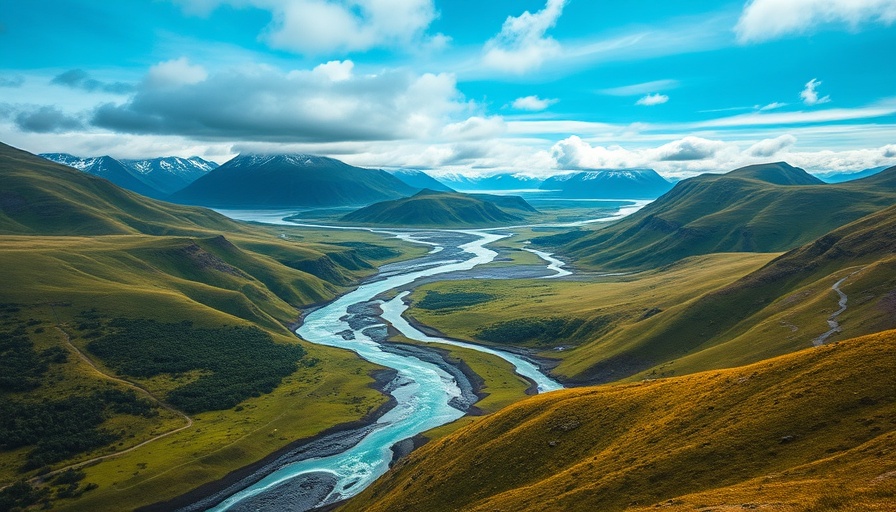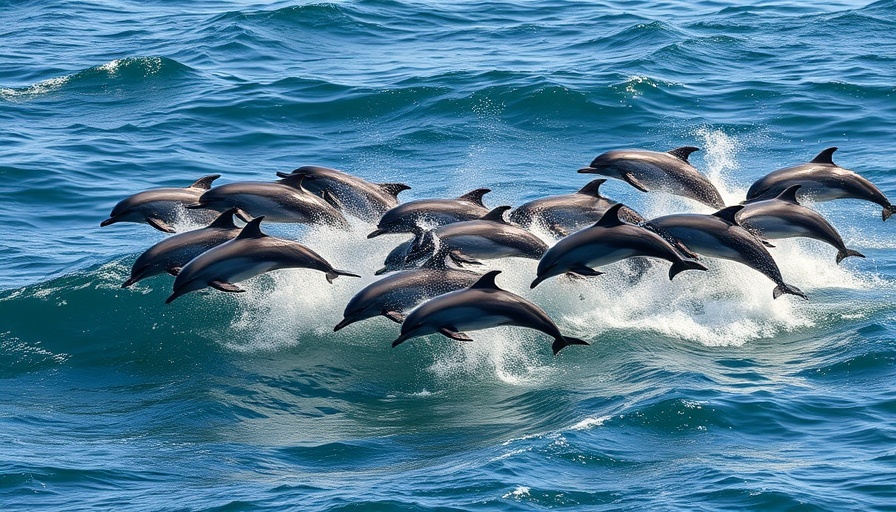
The Arctic's Alarm: A Closer Look at Climate Change in Alaska
The profound changes affecting Alaska today serve as a poignant reminder of the broader climate crisis. Renowned explorer and writer Jon Waterman captures this urgency in his latest book, Into the Thaw: Witnessing Wonder Amid the Arctic Climate Crisis. With 50 to 60 expeditions under his belt, Waterman shares a deeply personal narrative of survival and adaptation in a rapidly shifting landscape.
The Accelerated Warming of Alaska
Alaska is warming at an alarming rate, approximately four times faster than the rest of the globe. Waterman elucidates how this dramatic temperature rise impacts not just the environment, but also the indigenous communities that have coexisted with this land for millennia. Melting sea ice and shifting animal migration patterns are just the beginning. The entirety of the ecosystem is struggling to adapt, paralleling what many are witnessing globally as climate change takes hold.
Melting Permafrost: A Ticking Time Bomb
As permafrost thaws, it releases trapped greenhouse gases—risking a massive feedback loop that could exacerbate global warming. Through vivid storytelling, Waterman communicates the profound sadness felt by local populations who witness the irreversible loss of their traditional lifestyle. The melting permafrost not only threatens fish habitats but also the food security of the people reliant on these ancient ways.
The Versatile Ecosystem: New Wildlife Arrivals
As the Arctic warms, new species are infiltrating ecosystems that previously did not accommodate them. Beavers, previously unknown in the region, now number in the thousands, drastically altering habitats and local water systems. This influx raises questions about biodiversity and what traditional ecosystems must endure as they try to cope with the incursion of these new inhabitants.
Reflecting on the Future: Hopes and Challenges
Waterman's optimism shines through even the bleakest observations. His belief in Alaska as the 'last frontier' highlights a potential future where preservation efforts continue to fight against increased oil and gas drilling pressures. The protective measures instated by past administrations act as crucial buffers against exploitation. By sharing both the beauty and peril of Alaska's landscapes, Waterman challenges readers to reflect on what silent sacrifices our natural world is making in the face of human activity.
Ultimately, through Into the Thaw, Waterman offers a compelling narrative that merges personal experience with scientific reality, urging us to reconsider our relationship with the environment. His call to action is clear: we must advocate for the protection of these delicate ecosystems amidst the clamor for resources.
 Add Row
Add Row  Add
Add 




Write A Comment